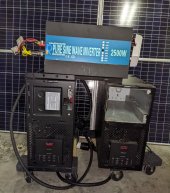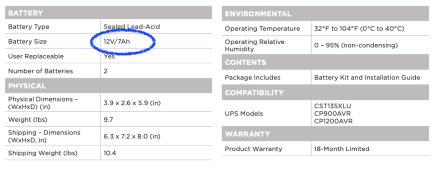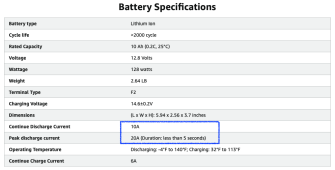Yo what if we have a smart LFP BMS that isnt trash, and does something intelligent with SLA deployments. I mean LFPs are also supposed to be kept topped up at 100% and it does not degrade them as badly. I think the key here could be that the BMS ought to be built and programmed to readily accept input trickle current and dissipate it comfortably without overheating itself constantly or some BS like that. I replaced my SLAs in my crappy little UPS unit recently. I think the problem is the cost. They're heavy as hell but still dirt cheap.
Hopefully there are enough people who will take "junk" UPSs and give them a second lease on life by just battery swapping but... Yeah im gonna look for LFP cells next time around
Hopefully there are enough people who will take "junk" UPSs and give them a second lease on life by just battery swapping but... Yeah im gonna look for LFP cells next time around
Last edited:








